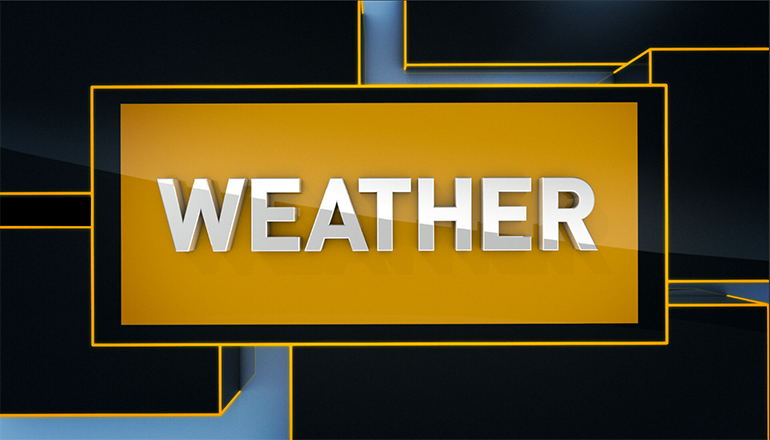The weather summary for 2019 in Trenton includes a snowy start, an abundance of rain, and a mild conclusion to the year by December standards.
The total moisture for the year was 54.80 inches, the third most in a calendar year in Trenton since 1970 despite below-normal precipitation in each of the final three months of 2019.
Precipitation was above normal in January, February, and March resulting in a yearly moisture surplus of nearly 4.47 inches at the end of March. Rainfall in April was below normal, however, there were 14.99 inches in May and 6.13 inches in June, both above average, leaving a moisture surplus for the year of 13.87 inches at the end of June. July rainfall was near average, then August came in with 6.90 inches and September at 6.57 inches. Both months received above-average rainfall, resulting in a yearly moisture surplus of 18.46 inches at the end of September. The surplus would grow to 18.90 inches on October 3rd before drier weather set in. October, November, and December all had below-normal precipitation in Trenton, so at the end of the year, the moisture surplus for 2019 was 15. 85 inches.
Trenton received 31 inches of snow in 2019 including 17 inches in January, 5.25 inches of snow in February, 2-1/2 inches in March, 2.2 inches in October, 1 inch in November and 3.1 inches of snow in December. There were seven daily precipitation records during 2019 in Trenton. The largest rainfall record was 4.3 inches on May 29th. The largest snowfall record was 8 inches on January 12th.
Trenton had just three daily temperature records during 2019 when a record high of 91 was recorded on May 16th, a record high to 64 on Christmas Day, and a record low of six degrees on November 12th. Temperatures last year averaged two-point-three degrees below normal for highs and near normal for lows. It was a cold start to the year with highs averaging nearly three degrees colder than normal in January, nearly nine degrees colder than average in February, and about seven degrees colder than normal in March. Lows during those three months were near normal for January, more than three degrees below normal in February, and nearly three degrees below normal in March. April was mild with temperatures about two degrees above average. June was nearly two degrees below normal on highs but near normal on lows. July was near normal for highs and slightly warmer than average on lows. August was nearly four degrees below normal on highs and slightly above average on lows. September was mild to warm throughout the month with temperatures averaging three degrees above normal on highs and more than eight degrees above normal on lows.
The weather turned cooler in October with highs averaging six degrees below normal and lows more than two degrees colder than average. November was chilly with highs and lows more than three degrees below normal. Temperatures rebounded to considerably above average in December. The average high of 44 was nearly six degrees above normal with the average low of 28 nearly five degrees above normal.







